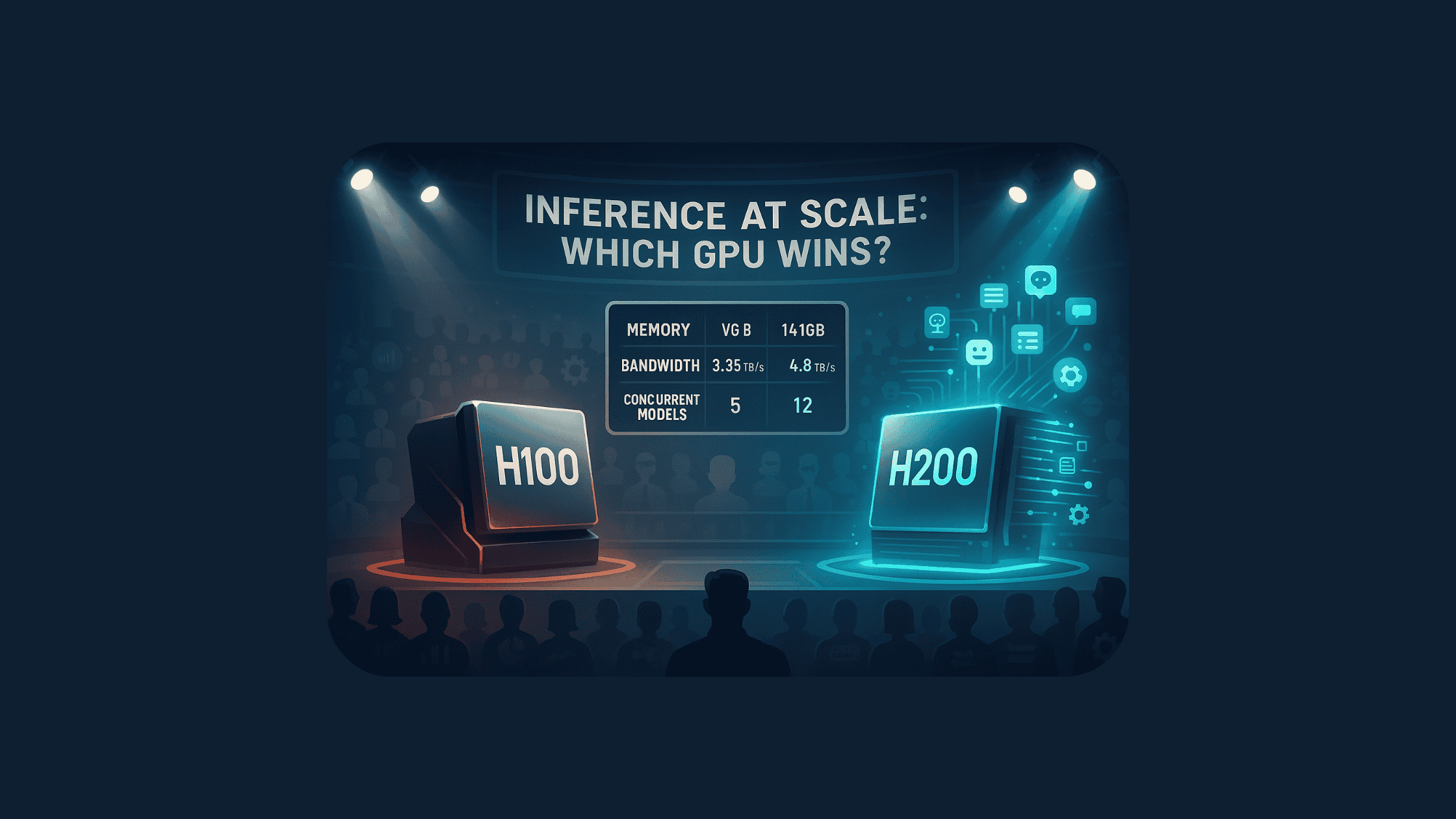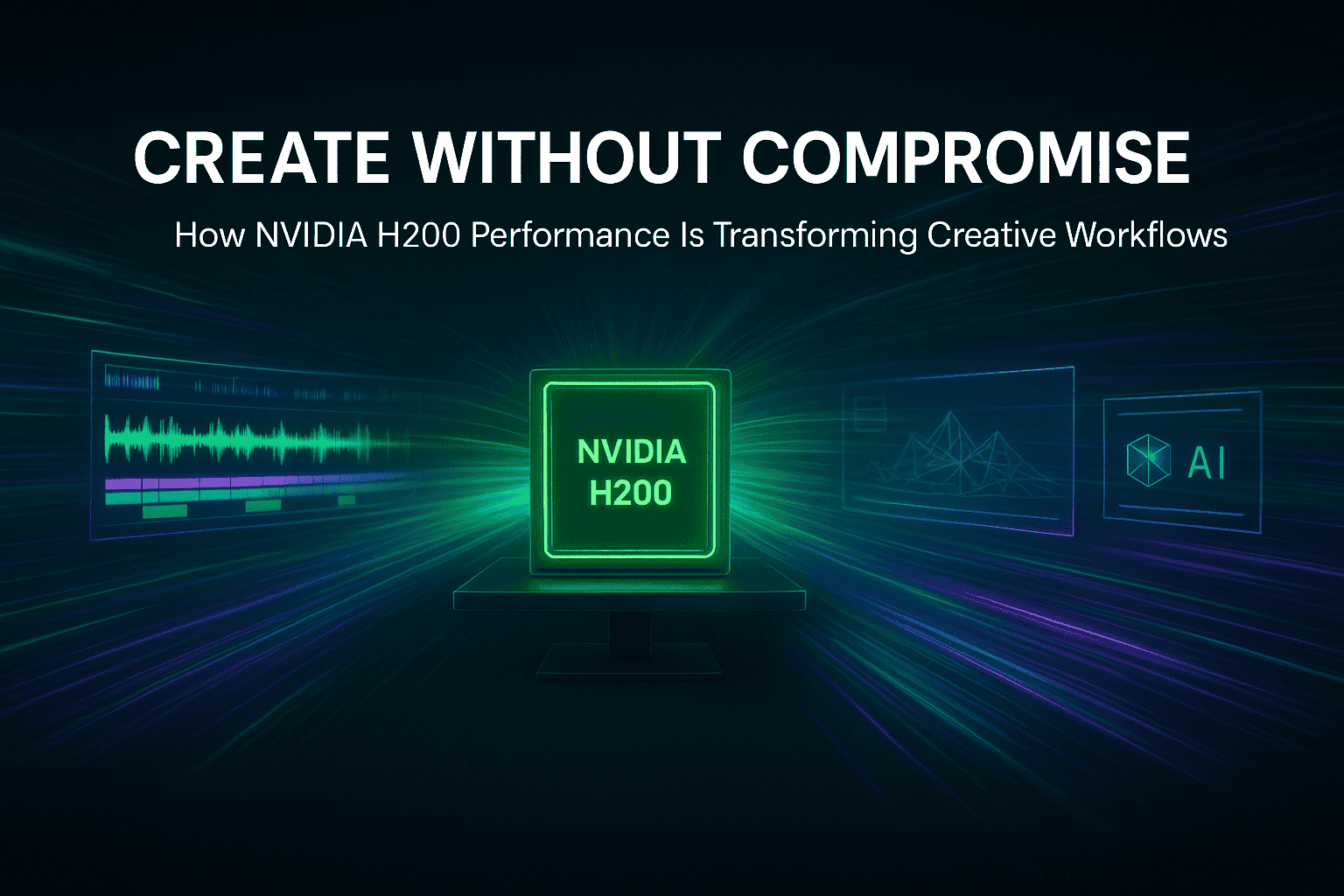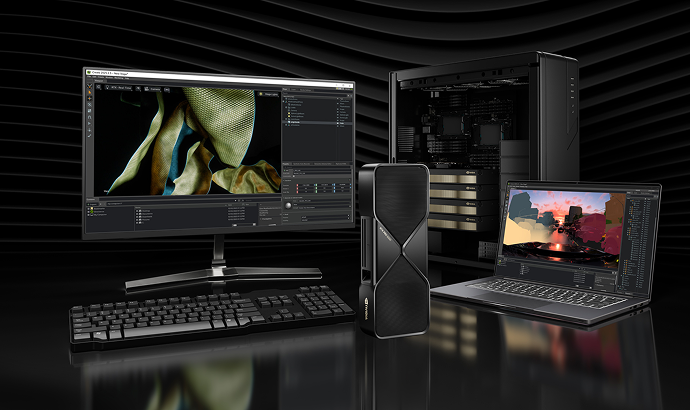
H100 vs H200 for Multi-Tenant Inference: Which GPU Architecture Wins at Scale
Scaling AI isn’t just about bigger models — it’s about smarter inference. And when you're serving thousands of users or running dozens of AI models at once, you need a GPU built for concurrency. That’s where the H200 pulls ahead of the H100. With 141GB of HBM3e memory and 4.8 TB/s bandwidth, it’s engineered for multi-tenant inference — think faster responses, lower costs per token, and better GPU utilization. While the H100 still holds its ground for hybrid workloads involving both training and inference, the H200 dominates in inference-first deployments. Pair it with the HPE ProLiant XD685, and you’ve got an enterprise-grade setup built for scale. Whether you're powering GenAI APIs, SaaS chatbots, or real-time creative tools, the H200 offers the speed and density today’s applications demand. Bottom line? If concurrency is your bottleneck, the H200 is your breakthrough.
11 minute read
•Media and Entertainment




